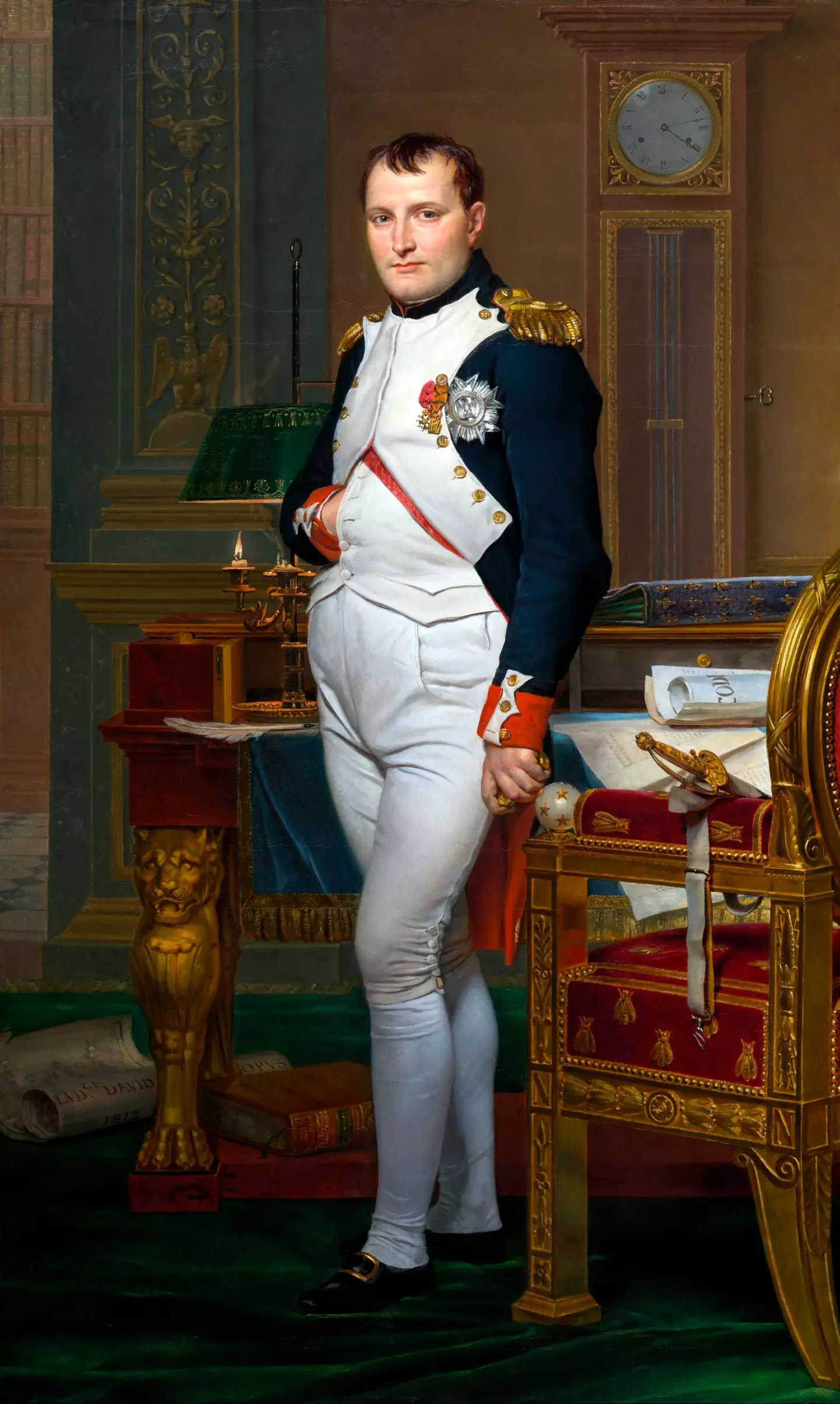History is a tapestry woven from countless stories, but over time, some of the threads have become tangled with fiction. Despite living in an age of unprecedented access to information, several persistent historical myths continue to be widely believed. These inaccuracies, often born from popular media or effective propaganda, have become so ingrained in our culture that many people accept them as fact without question. From the origins of world wars to the dental habits of American presidents, here are five of the biggest historical lies that have been thoroughly debunked, yet still linger in the public imagination.
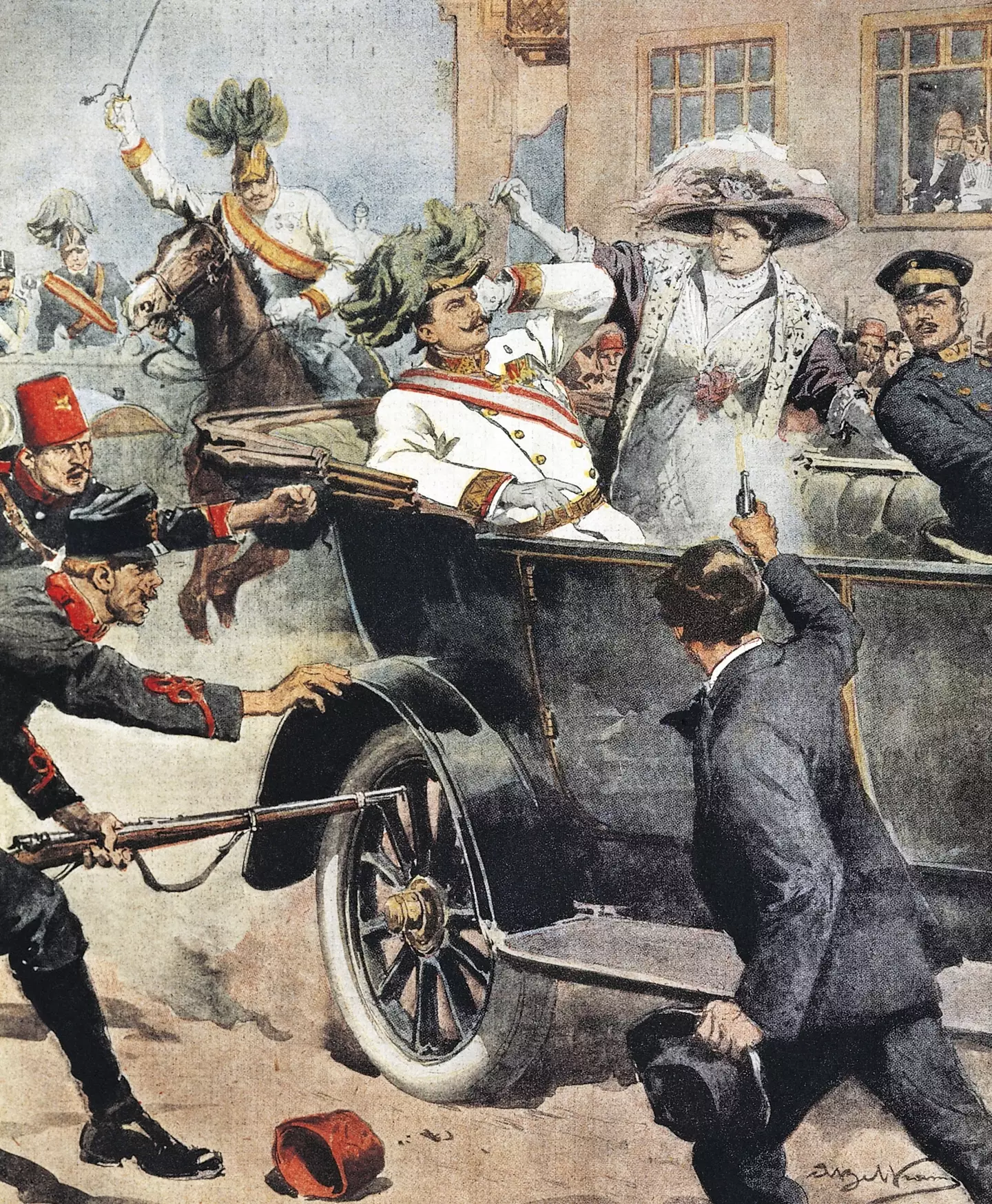
One of the most dramatic tales involves the spark that ignited World War I. The story goes that Gavrilo Princip, the assassin of Archduke Franz Ferdinand, was fortuitously positioned for the kill because he had stopped for a sandwich after his co-conspirators had failed. While it makes for a compelling narrative of chance, this detail is a complete fabrication. The truth is that Princip was standing on a street corner when the Archduke’s open-top car made a wrong turn and stalled directly in front of him. He had just exited a deli, but there is no primary source evidence to suggest he was in the middle of a meal. The reality of the chaotic assassination is dramatic enough without the added fictional snack.
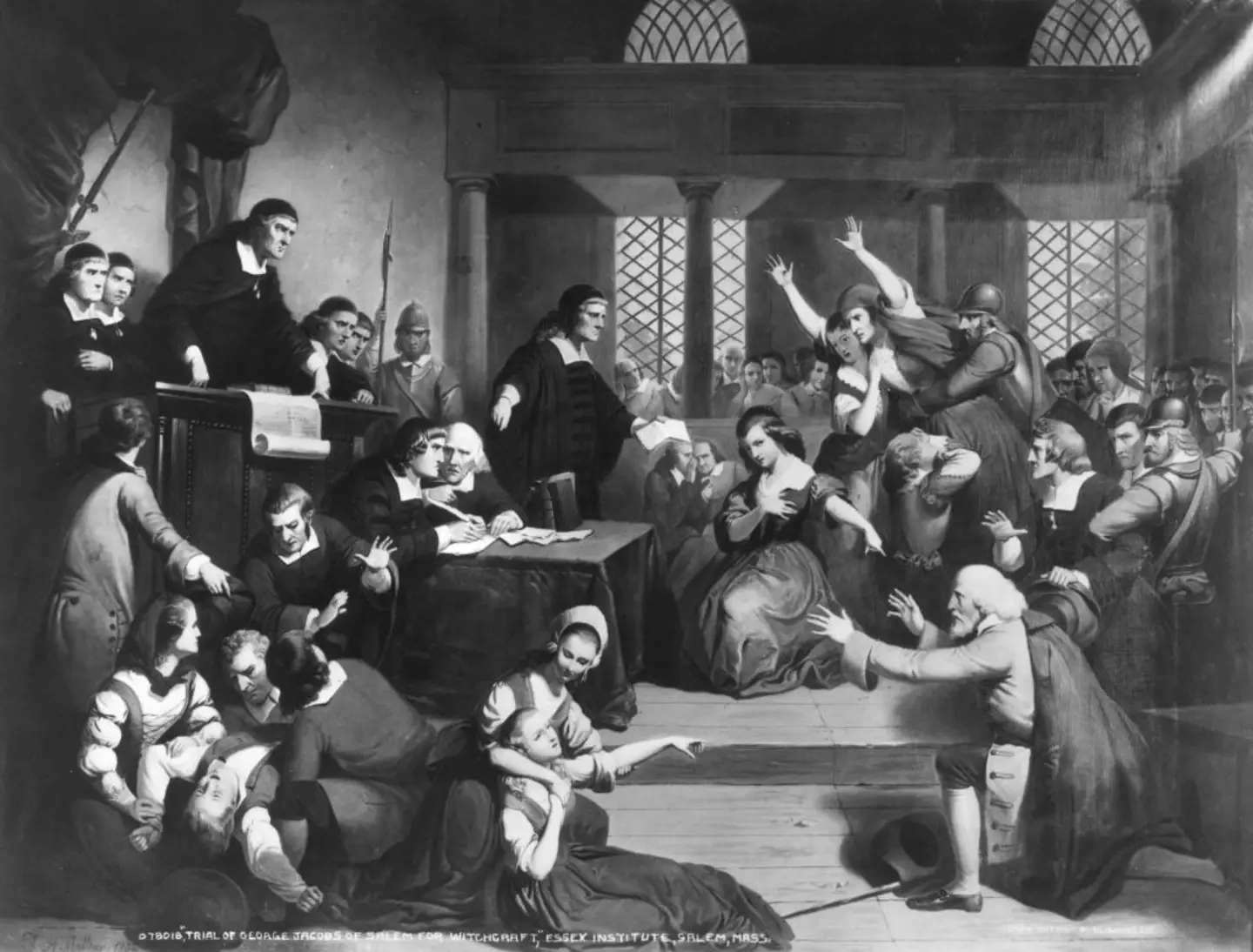
Across the Atlantic, the infamous Salem Witch Trials are often misremembered with a gruesome European twist. Many films and books depict the condemned being burned at the stake, creating a powerful and horrifying image. However, according to historians like Dr. John Howard Smith, this is not how justice was carried out in Salem. Those convicted of witchcraft were hanged, not burned. The method of execution was itself brutal; victims were turned off a ladder, leading to a slow death by strangulation rather than a quick neck break. The confusion likely arises from the fact that witch burnings were indeed more common in medieval Europe.
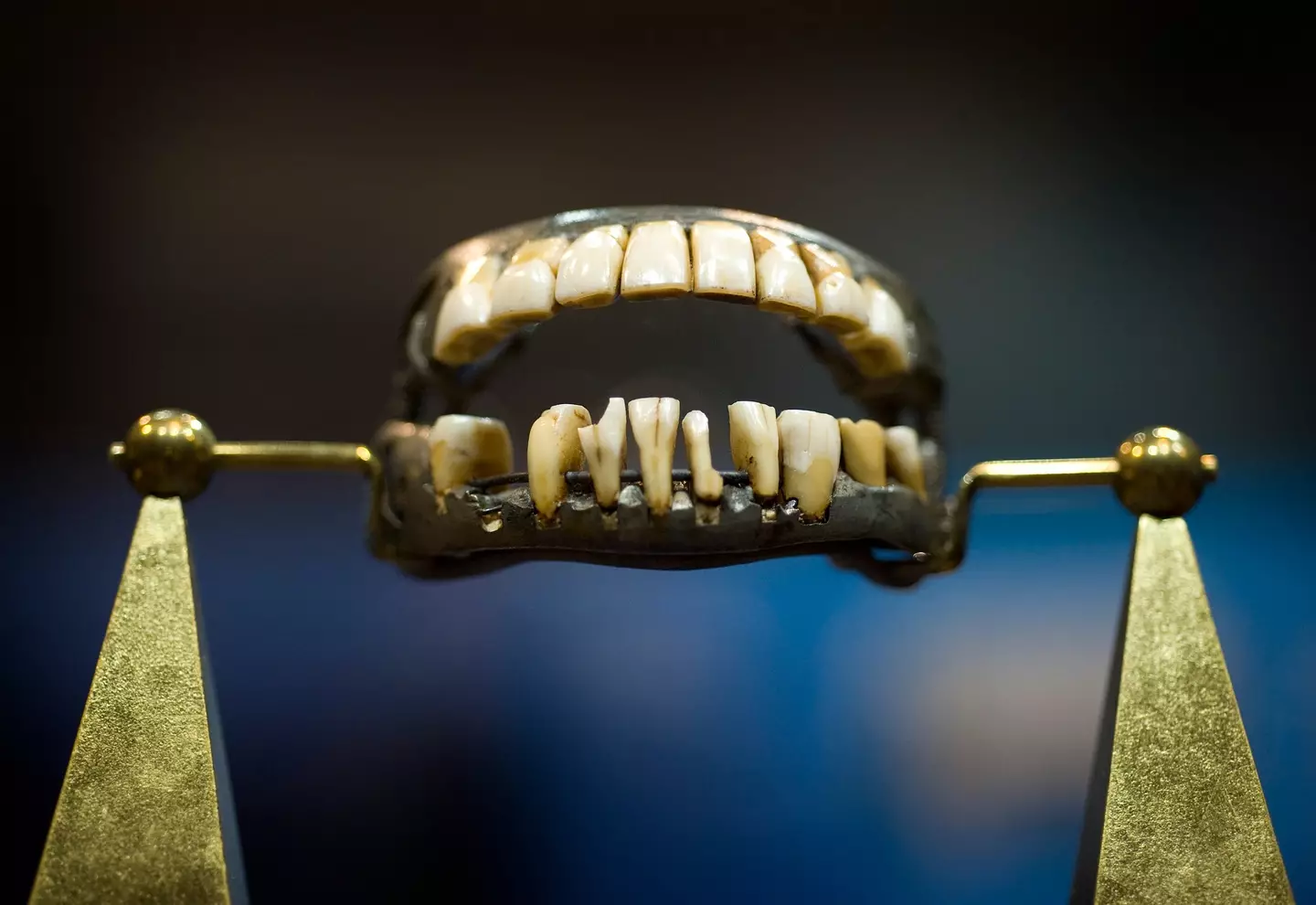
Even the personal life of America’s first president is not immune to myth. The story that George Washington had wooden teeth is one of the most enduring tales taught in schools. So prevalent is this belief that the George Washington Mount Vernon museum has a dedicated webpage to debunking it. In reality, Washington suffered from severe dental issues and wore several sets of dentures, but they were crafted from a combination of ivory, gold, lead, and even human teeth. Wood was never a material used in his dentures, nor was it a common practice among dentists of his era, making this a curious and persistent piece of fiction.
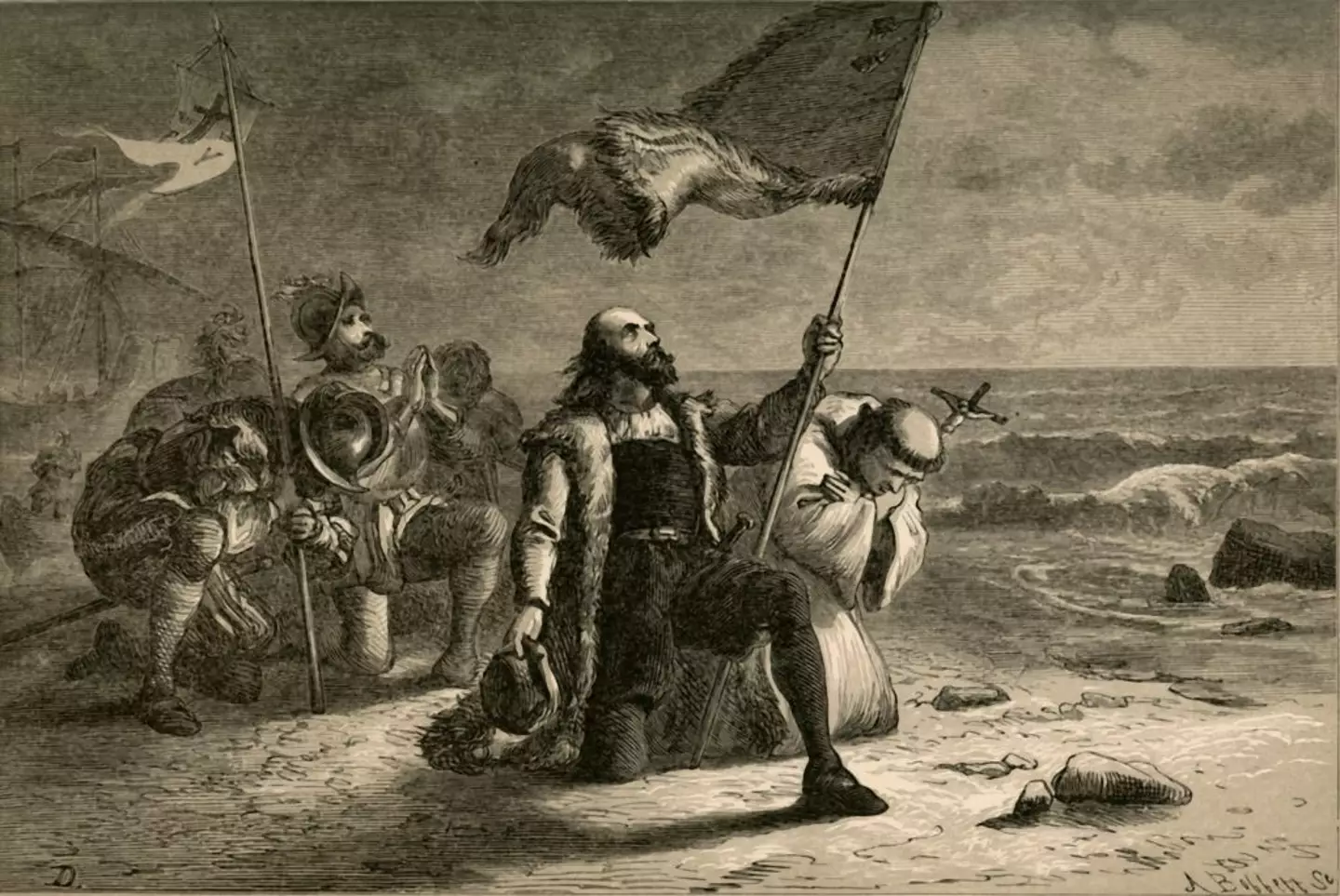
These myths, from a sandwich that never was to dentures that weren’t wooden, demonstrate how easily fiction can be cemented as fact. They remind us of the importance of questioning the stories we think we know and seeking out primary sources, because history is often stranger, and more precise, than the simplified legends we tell.
